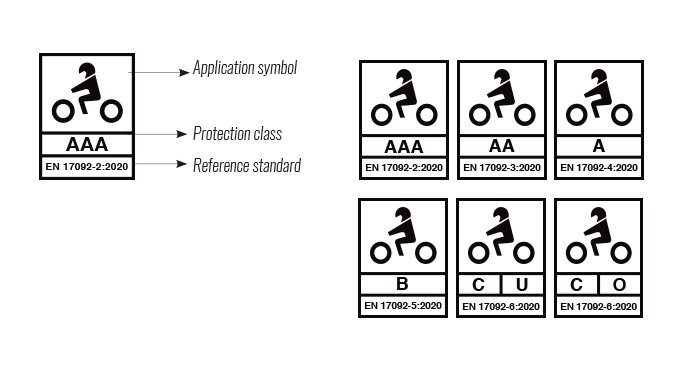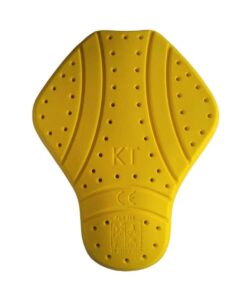Free Shipping orders over 150€
Ultimate Guide to CE Certified Motorcycle Gear: Ensuring Safety on the Road

Riding a motorcycle is exhilarating, but ensuring safety with the right gear is crucial. One key element is CE certification, which guarantees that your motorcycle safety gear meets rigorous standards. Let’s explore what CE certification means and why it’s essential for every rider.
What is CE Certification?
CE certification acts like a seal of approval for motorcycle gear. This mark indicates that the gear has undergone extensive testing to meet safety standards set by the European Union. Whether you’re a casual rider or a seasoned enthusiast, wearing CE-certified motorcycle gear is vital for your protection.
Why CE Certified motorcycle gear is a must have
Motorcycle safety gear is your first line of defense in an accident. CE-certified gear provides peace of mind, knowing that your equipment has been tested and meets strict safety standards. From helmets to armored jackets, choosing CE-certified products is a smart decision for any rider.
The role of CE Certification in motorcycle riding safety
CE certification helps ensure that the motorcycle gear you wear can withstand impacts and protect you during accidents. This certification is especially important for protective clothing and accessories, which are designed to reduce the risk of injuries.
Different levels of CE garments for motorcycle gear

Motorcycle gear comes with different levels of protection, categorized under various CE classes:
- Class C (EN 17092-6:2020): Offers basic protection suitable for light riding.
- Class B (EN 17092-5:2020): Provides a good balance of comfort and safety for regular riders.
- Class A (EN 17092-4:2020): Designed for more frequent riders, offering advanced protection.
- Class AA (EN 17092-3:2020): Ideal for long-distance riders, offering high levels of safety.
- Class AAA (EN 17092-2:2020): The highest level of protection available, recommended for extreme riding conditions.
Armor ratings explained
Within CE-certified motorcycle gear, armor plays a crucial role. Here are the key armor levels you should know about:
- Level 1 Armor: Provides moderate impact protection, suitable for lower-speed impacts and city riding.
- Level 2 Armor: Offers enhanced impact protection for higher-speed scenarios, making it ideal for highway and adventurous riding.
Understanding the type of armor in your gear can significantly influence your choice, as higher armor levels provide better protection.
How motorcycle gear earns CE Certification?

The process for achieving CE certification includes several key steps to ensure maximum safety:
- Product Evaluation: Initial assessment of the gear to determine applicable standards.
- Testing: Rigorous tests to check impact resistance and durability, especially the armor’s ability to absorb shock.
- Declaration of Conformity: Documentation stating the gear meets all safety requirements.
- CE Marking: The official CE mark is added to products that pass all tests.
- Market Surveillance: Ongoing checks to ensure continued compliance with safety standards.
Frequently Asked Questions
Why should I choose CE certified motorcycle gear?
It guarantees that the gear meets high safety standards, providing optimal protection.
Is all motorcycle gear required to be CE certified?
Not all gear requires certification, but for maximum safety, CE certified gear is recommended.
How can I verify CE certification on motorcycle gear?
Look for the CE mark, usually found on the product label.
Can non-CE certified gear provide sufficient protection?
While non-certified gear may offer some protection, CE certified gear is tested to higher standards.
Are there updates to CE certification standards?
Yes, standards are regularly updated to incorporate new safety technologies and findings.
Conclusion: Gear Up Safely with CE Certified Motorcycle Gear
Choosing the right motorcycle gear is crucial for safety and comfort. By opting for CE certified motorcycle gear, riders can ensure they are equipped with the best protective gear on the market. Stay safe and enjoy the ride with confidence.
Explore Our TRIGOL Collection
Discover our range of high-quality, CE-certified motorcycle gear designed to keep you safe on the road. Visit our collection today and find the perfect gear for your riding needs!






